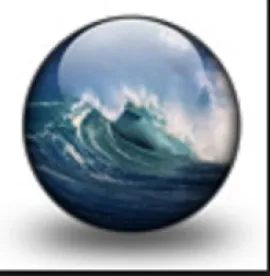On Dec. 11, 2018, EPA and the U.S. Army Corps of Engineers (the Agencies) released a proposal to revise the regulatory definition of “waters of the United States” (WOTUS), as found in the federal Clean Water Act (CWA). The proposal represents another chapter in the long-running debate over the scope of federal authority.
The CWA gives the Agencies broad authority to regulate WOTUS – but does not define that term. The Agencies have adopted numerous definitions of WOTUS over the past several decades, recently adopting a rule during the Obama administration that defined WOTUS very broadly based on construing Justice Kennedy’s “significant nexus” test from his concurring opinion in Rapanos v. United States. The Obama-era WOTUS rule is currently enjoined in 22 states while litigation challenging its legality proceeds.
On Feb. 28, 2017, President Trump issued an executive order directing the Agencies to review and revise the Obama-era rule, instead adopting Justice Scalia’s narrower definition of WOTUS from the plurality opinion in Rapanos. The Agencies’ proposal this week is the latest action in response to the executive order.
The key changes to the definition of WOTUS found in the Agencies’ Dec. 11 proposal include:
-
Removing jurisdictional coverage of all interstate waters, instead requiring that an interstate water separately meet the definition of WOTUS under another jurisdictional category (such as being tributary to a navigable water, or being a navigable water);
-
Removing “ephemeral” waters features as definitional WOTUS, only including rivers and streams with yearly perennial or intermittent flow to downstream navigable waters;
-
Removing upland and ephemeral ditches from definitional WOTUS;
-
Only including lakes or ponds that are traditional navigable waters or connected to traditional navigable waters through tributaries;
-
Narrowing the coverage of wetlands, only including wetlands that are abutting jurisdictional waters or that have a direct hydrological surface connection to jurisdictional waters (thus removing wetlands separated by a berm, dike, or other barrier that were previously considered jurisdictional).
Otherwise, traditional navigable waters and territorial seas, impoundments, tributaries, wetlands abutting navigable waters, and ditches and lakes and ponds connected to navigable waters remain jurisdictional under the Agencies’ revised definition of WOTUS.
The Agencies claim that the new proposed WOTUS definition will bring clarity to jurisdictional determinations when compared with the Obama-era definition by creating clearly defined categories of waters considered WOTUS, eliminating the case-by-by case reliance on Justice Kennedy’s “significant nexus” test while still incorporating the important aspects of Justice Kennedy’s opinion.
The Agencies acknowledge that the new WOTUS definition narrows the scope of waters covered as jurisdictional when compared to both the Obama-era rule and the pre Obama-era WOTUS definition, but assert that the definition more closely adheres to constitutional and statutory limitations in the CWA, limiting the role of the federal government and respecting state and tribal authority over their own land and water resources.
Comments to the Agencies’ proposed rule will be due 60 days after formal publication in the Federal Register. If formally adopted, legal challenges to any final rule are expected – including seeking relief in the form of reinstatement of the 2015 Obama-era WOTUS Rule.




 />i
/>i

